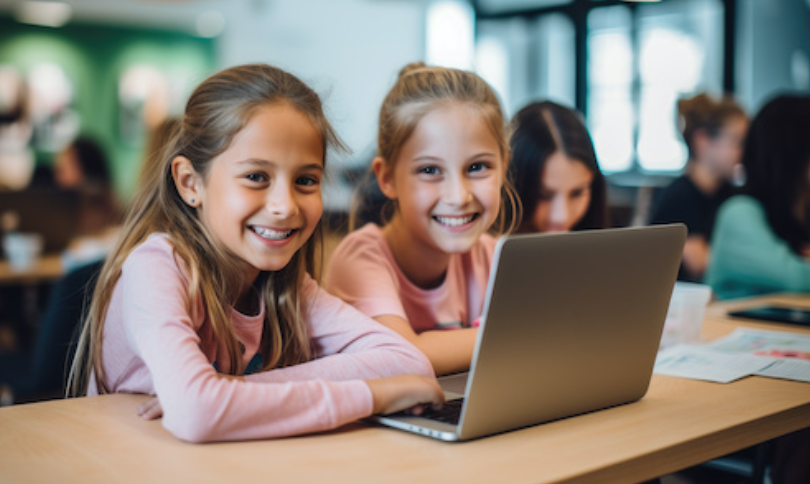The integration of technology into traditional education systems has transformed learning dynamics significantly. Online platforms have emerged, offering flexibility and access to diverse resources. Interactive technologies have fostered increased student engagement, promoting collaboration. Yet, challenges persist, including inadequate infrastructure and the necessity for comprehensive teacher training. As educational institutions navigate these complexities, the question arises: how will they adapt to create a balanced approach that leverages both traditional methods and modern innovations?
The Rise of Online Learning Platforms
As the demand for flexible education options has surged, online learning platforms have emerged as a significant force in the educational landscape.
These platforms enhance online course accessibility, allowing diverse learners to engage with content on their own terms.
Furthermore, the evolving virtual classroom dynamics foster interaction among students and instructors, prompting critical inquiry into how these changes reshape traditional methods of teaching and learning.
See also: The Impact of Digital Transformation on the Global Economy
Enhancing Engagement Through Interactive Technologies
How can interactive technologies transform student engagement in educational settings?
By incorporating gamified learning and virtual classrooms, educators can foster active participation and motivation.
Research suggests that these tools enhance collaboration and creativity, allowing students to take ownership of their learning.
Consequently, such innovations empower learners, making education more dynamic and responsive to individual needs, ultimately reshaping traditional educational paradigms.
Challenges of Integrating Tech in Education
While the integration of technology in education holds significant promise, it also presents a range of challenges that can hinder its effectiveness.
Infrastructure limitations often restrict access to necessary tools, especially in underserved areas.
Additionally, inadequate teacher training can lead to ineffective use of technology, undermining its potential benefits.
Addressing these challenges is essential for realizing the full advantages of tech in educational systems.
The Future of Education: Blending Traditional and Digital Approaches
The integration of technology in education is increasingly being viewed as a necessary evolution rather than a mere enhancement.
Hybrid classrooms exemplify this shift, allowing for personalized learning experiences that cater to diverse student needs.
As traditional methods blend with digital tools, educators face the challenge of fostering engagement while ensuring that the essence of human interaction remains intact in this evolving educational landscape.
Conclusion
As the adage goes, “Necessity is the mother of invention,” and the integration of technology in education exemplifies this truth. The evolution of online learning platforms and interactive tools has not only enhanced accessibility but also transformed student engagement. Yet, significant challenges remain, particularly in infrastructure and teacher preparedness. Moving forward, a hybrid model that marries traditional methods with digital innovations may pave the way for a more effective and inclusive educational landscape, fostering continual growth and adaptation.


